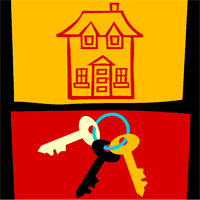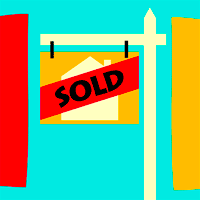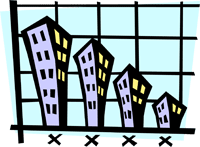
Foreclosures continue to taint Phoenix real estate market
Foreclosed homes accounted for 37 percent of the total activity in the Phoenix metro real estate market in July — down from February when foreclosures represented 51 percent of the sales. But despite the drop, foreclosures continue to play a major role, signaling that the market has a ways to go before it is healthy again, says Jay Q. Butler, Associate Professor of Real Estate in the Department of Finance at the W. P. Carey School of Business.




